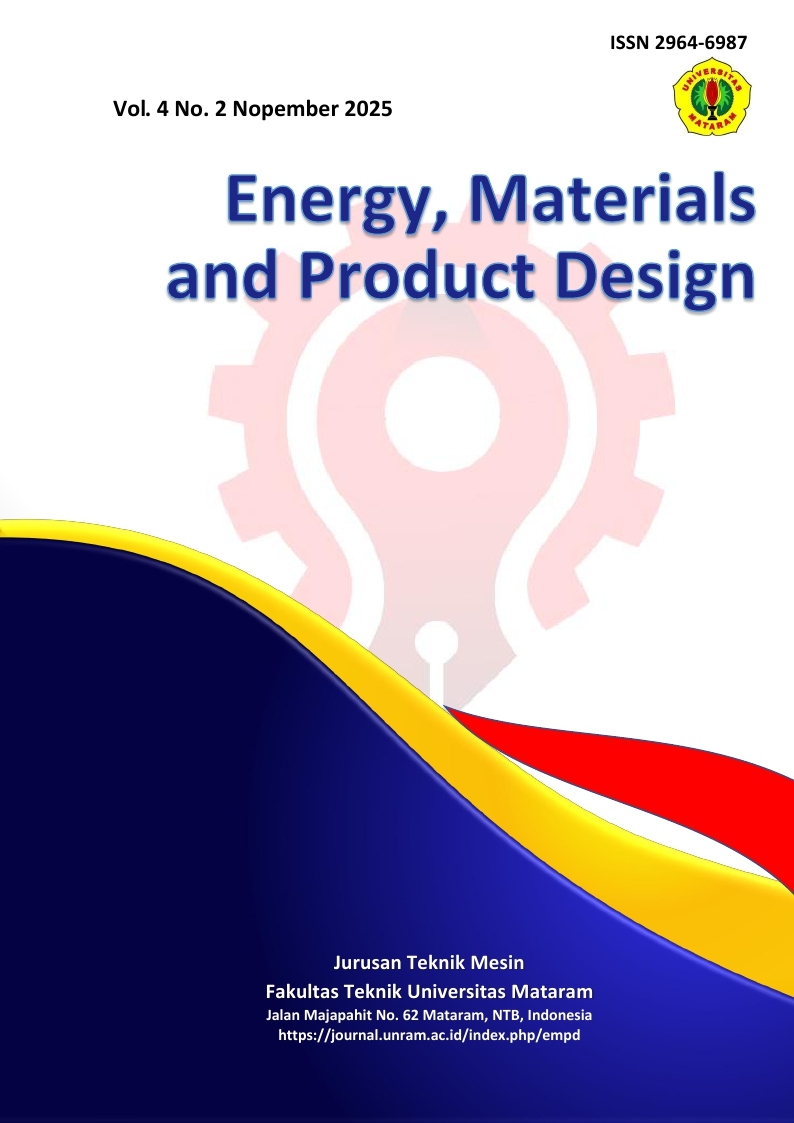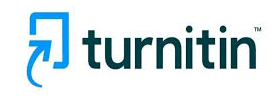EVALUASI KINERJA TERMAL UNJUK KERJA KOMPOR BERBAHAN BAKAR OLI BEKAS
THERMAL PERFORMANCE EVALUATION OF USED OIL-FUELED STOVES
DOI:
https://doi.org/10.29303/b0ks5a25Kata Kunci:
Stove, Used oil, Flame temperature, Air flow, Water heating timeAbstrak
The use of used cooking oil and waste oil as fuel—particularly for cooking—is becoming increasingly common among the public in Indonesia. While this practice offers economic advantages, improper management of used oil can lead to environmental problems such as air and soil pollution. To address this issue, alternative methods for processing used oil are needed to minimize its negative impact. One such method is the use of a used oil stove, which utilizes waste oil as fuel. This not only reduces the amount of oil discarded but also provides a cost-effective substitute for more expensive fuels like gas or kerosene. The purpose of this study was to examine the effect of varying air flow velocities on flame temperature, flame color, and the time required to heat water using used oil as fuel in a stove. The stove was tested under different air flow conditions, and flame temperature and color were observed in three stages. Additionally, the time taken to heat water to approximately 90 °C was recorded. At the lowest air flow rate of 15 m/s, the flame temperature reached 251.5 °C, and the water heating time was 187 seconds. At the highest air flow velocity of 29 m/s, the flame temperature increased to 273.7 °C. These results indicate that higher air flow velocity lead to increased flame temperatures and improved heating efficiency, suggesting that optimizing air flow in used oil stoves can enhance their performance while supporting more sustainable fuel practices.
Unduhan
Diterbitkan
Terbitan
Bagian
Lisensi
Hak Cipta (c) 2025 I Made Mara, I Made Adi Sayoga, I Made Nuarsa

Artikel ini berlisensi Creative Commons Attribution-NonCommercial 4.0 International License.











